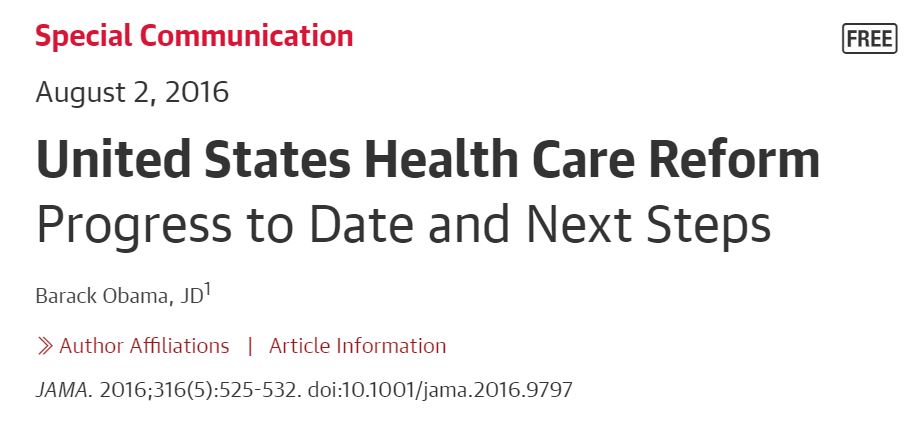Amanda Ehrhardt, MA, JAMA Network
Part of the purpose of the AMA Style Insider is to report on changes made in the AMA Manual of Style that aim to improve not only the editing process but also advance ethics and equity in medical publishing. Changes are not made arbitrarily but as a result of many experts building consensus on what represents best practices, and they’re made to create a widespread standard.
However, the manual can only release these standards to the world–what requires more follow up is whether the changes are actually implemented in publishing and how successful they are in creating new standards.
This year, in JAMA Network Open, several JAMA Network editors and staff published a cross-sectional study1 that examined race and ethnicity reporting across 3 JAMA Network journals before (January to March 2019 and May to July 2021) and after (January to March 2022) the implementation of the Updated Guidance on the Reporting of Race and Ethnicity in Medical and Science Journals2 in August 2021 (which was based on revisions made to 11.12.3 of the style guide).
Among the key takeaways were that the number of articles that reported race and ethnicity information for study participants increased by 10.4% from 2019 to 2022, more articles reported participants’ age or sex and gender, and the number of articles that defined categories included in the term “other” increased 58.1% from 2019 to 2022.
Additionally, the number of articles that listed racial and ethnic group categories by alphabetical order increased by 75.9% between 2021 and 2022, and there was a 24.1% increase in the number of articles that defined how race and ethnicity were determined.
Although this study had limitations (which are clearly stated in the article) and more improvement is needed, these results seem encouraging that AMA Style Manual updates are not made just to alter the day-to-day of editors across medical publishing, but to potentially create real and lasting change.
References
- Flanagin A, Cintron MY, Christiansen SL, et al. Comparison of reporting race and ethnicity in medical journals before and after implementation of reporting guidance, 2019-2022. JAMA Netw Open. 2023(6):e231706. doi:10.1001/jamanetworkopen.2023.1706
- Flanagin A, Frey T, Christiansen SL, et al. Updated guidance on the reporting of race and ethnicity in medical and science journals. JAMA. 2021;326(7):621-627. doi:10.1001/jama.2021.13304
September 5, 2023.


